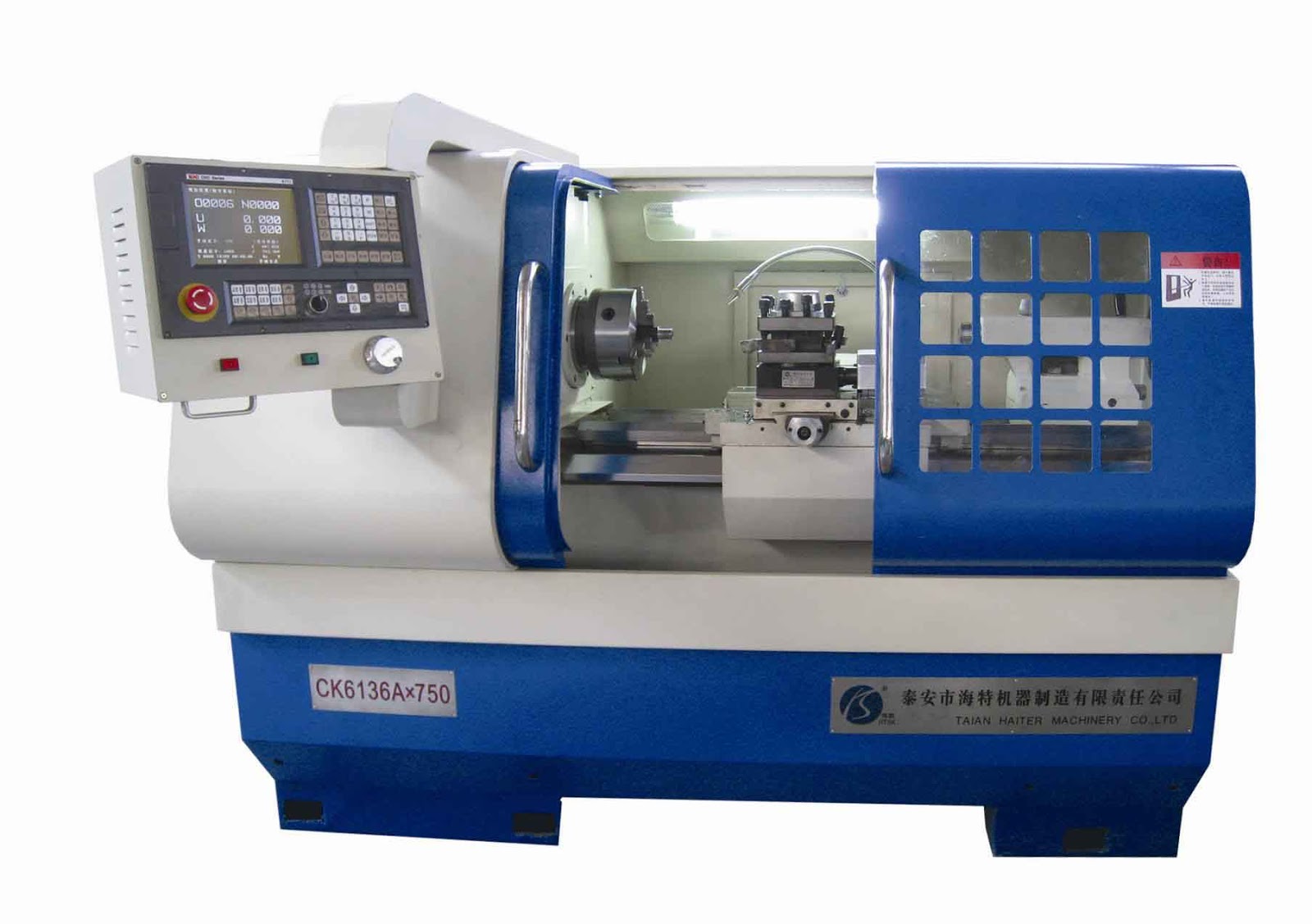The Types of CNC Machines

Nowadays without the CNC machines, producing the products is quite hard as CNC machining is a great way for making parts with small batch, complicated shape, high accuracy and infinite varieties. It is traditionally used across the manufacturing industry, for processing a variety of parts using a wide range of materials.CNC Machining like precision machining china is short for computer numerical control machining. It is usually a machining technique that needs processing the various on a certain CNC machine. Other than conventional machining, CNC machining tools are controlled with a precisely programmed laptop or computer. The code accustomed to program CNC units is generically called G-Code. It tells the appliance how to move its tools to produce the desired parts.
TYPES OF CNC MACHINES
The majority of today’s CNC arsenals are completely electronic. Some of the more widespread CNC-operated processes include ultrasonic welding, hole-punching and laser cutting. The most used often machines in CNC systems range from the following:
CNC Mills
CNC mills can handle running on programs consists of number- and letter-based prompts, which guide pieces across various distances. The programming used for a mill machine could possibly be based on either G-code or some unique language developed with a manufacturing team. Basic mills contain a three-axis system (X, Y and Z), though most newer mills can accommodate three more axes.
Lathes
In lathe machines, pieces are cut in the circular direction with indexable tools. With CNC technology, the cuts utilized by lathes are performed with precision and high velocity. CNC lathes are employed to produce complex designs that wouldn’t be possible on manually run versions of the device. Overall, the control functions of CNC-run mills and lathes offer a similar experience. As with the first kind, lathes might be directed by G-code or unique proprietary code. However, most CNC lathes contain two axes — X and Z.
Plasma Cutters
In a plasma cutter, material is cut using a plasma torch. The process is foremost placed on metal materials but they can also be employed on other surfaces. In order to produce the velocity and heat needed to cut metal, plasma is generated by using a combination of compressed-air gas and electrical arcs.
Electric Discharge Machines
Electric-discharge machining (EDM) — alternately generally known as die sinking and spark machining — is really a process that molds work pieces into particular shapes with electrical sparks. With EDM, current discharges occur between two electrodes, which removes parts of a given work piece from machining manufacturer.
